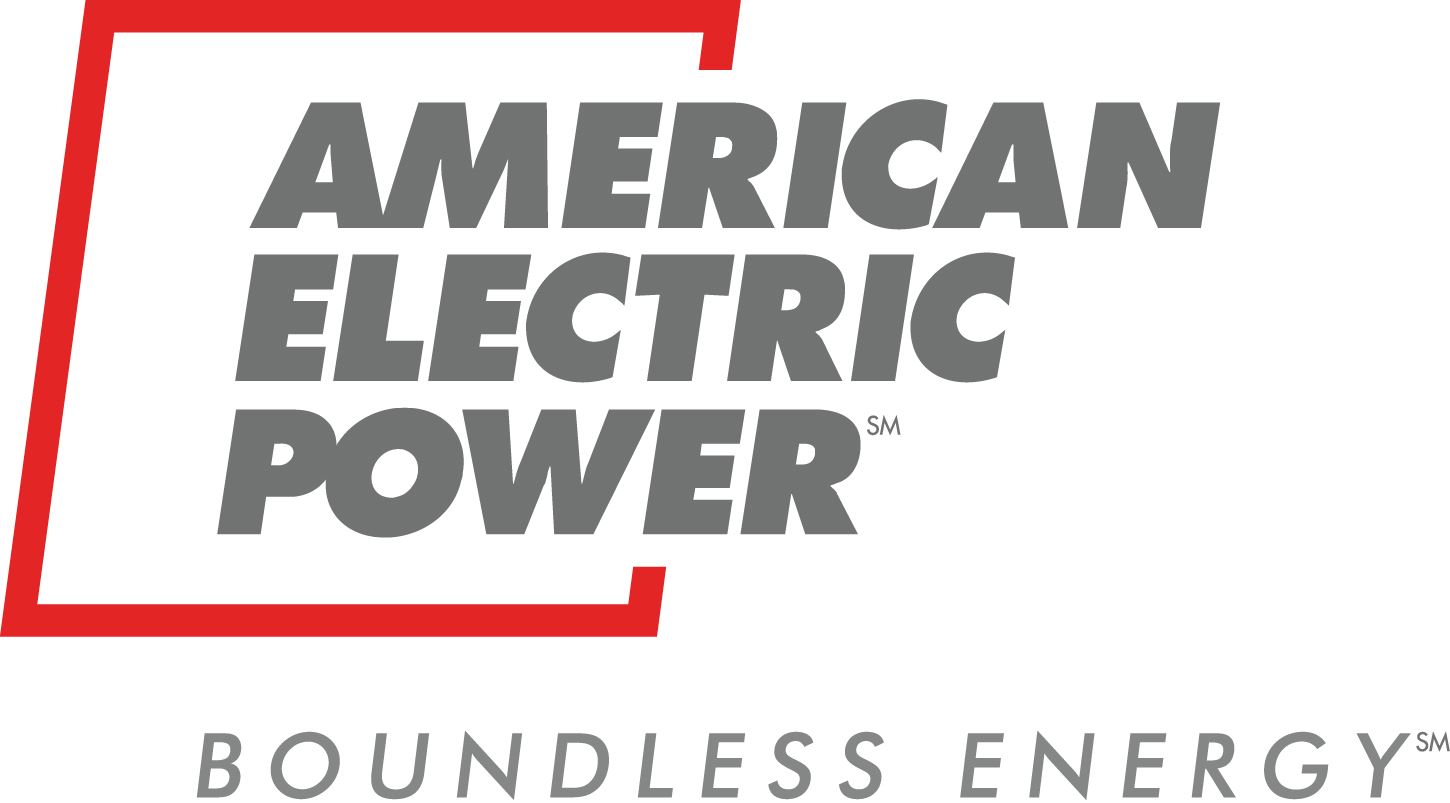

This week, the <IR> US Community kicked off its Integrated Reporting spotlight series with a tour of American Electric Power’s (AEP) Accountability Report and candid conversation with Sandy Nessing, Managing Director, Corporate Sustainability, AEP. Attendees included US-based sustainability reporters who have already embarked on integrated reporting or are transitioning from traditional corporate responsibility reporting, investors, accountants, consultants and key professional associations. The goal of the series is to bring experienced and novice reporters together to share best practices and cultivate a safe space for addressing the barriers—internal and external—to integrated reporting in the US.
The program kicked off with a virtual tour of the AEP Accountability report, available in this video:
AEP has nearly a decade of integrated reporting experience, and Nessing asserted that the company’s report is always evolving and she looks to other reporting leaders to learn about new approaches. But integrated reporting has clearly caught on at AEP, where one executive referred to its Accountability Report as the “AEP bible”.
The virtual tour was followed by an open discussion with attendees. Successful reporting is often the result of dedicated managers pushing internally for deeper and more thorough disclosure – and that’s true for AEP, too. But Nessing shared several insights from her experience with integrated reporting that can apply to companies in any industry and at different stages of the IR journey.
- Make data points work for you. Stakeholders expect to see some data behind your performance year over year, but companies shouldn’t be afraid to continue to improve and adapt them. Nessing said measures around carbon emissions, for instance, may stay the same, but metrics related to continuous improvement in employee decision-making, and diversity and inclusion have changed over the years.
- Use transparency to your advantage. The shift in the energy industry away from fossil fuels has bottom line impacts – both positive and negative. AEP’s sustainability team turned increased interest from investors on environment-related strategy into an opportunity to push integrated reported with senior leadership and the board of directors.
- Put the IR in <IR>. Nessing encouraged reporters to begin their integrated reporting journey at the Investor Relations (IR) department. AEP’s sustainability and IR teams work side-by-side developing the annual Accountability Report and in ongoing conversations with investors. For integrated reporting to have an impact, both teams need to be well versed in how to speak to investors about the financial impacts of environmental and social performance.
- Quantify impact with investors. Sustainability reporters often know they have a financial impact on the company but struggle with delivering the proof points. Nessing said she calculated the ownership of investors she was in conversations with to show how her team’s work contributed to hundreds of millions in share value.
- Go where the analysts go. Analysts and investors will continue to get data about companies from multiple sources – no matter how good your integrated report is. Nessing recommends talking to your investors and finding out where they get their data so you’re best prepared for conversations with them.
Next month, the <IR> Spotlight will feature Prudential Financial on Wednesday, December 13 at 2 pm EST to explore the opportunities and challenges of integrated reporting in the financial services industry.
Post authored by Rachel Riccardella of Kite Global Advisors, a thought leadership advisory firm helping clients shape the debate on the issues that matter most to them.